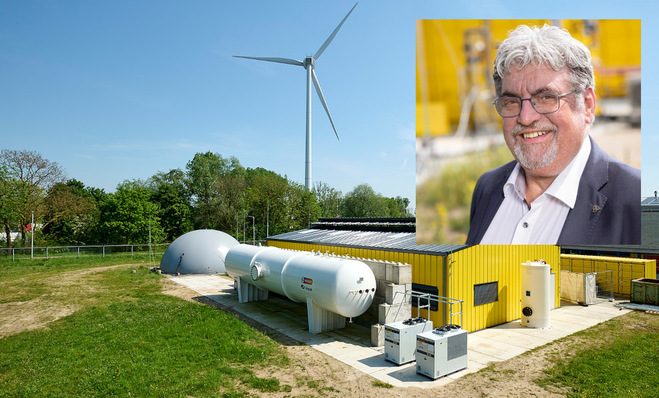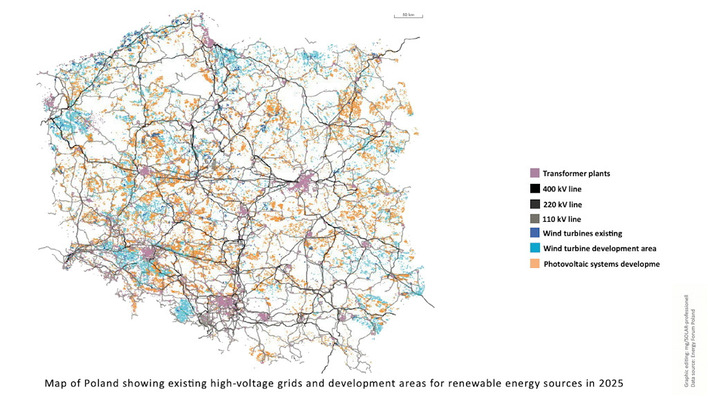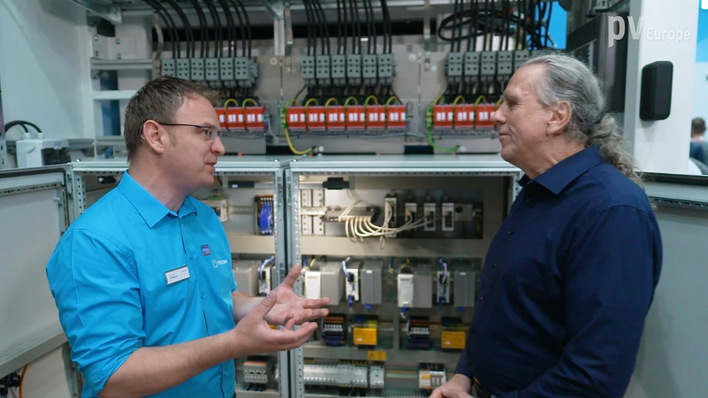In today's volatile energy market, grid constraints and unpredictable electricity prices present significant challenges to business growth. Although solar energy became the EU's largest electricity source in June 2025, supplying 22.1 percent of the total power mix, it has also felt the impact of grid congestion. Despite Europe’s considerable solar potential, the pace of solar PV installations, especially rooftop systems, has slowed markedly over the past year. This has led to stagnation and the first decline in solar adoption in a decade.
As energy networks struggle to keep up with rising demand and prices fluctuate from negative to peak levels within hours, forward-thinking businesses are realising that these challenges can offer unique opportunities for strategic energy management. By adopting smart solar and storage solutions, companies can not only overcome these hurdles but also use them to drive growth, strengthen operational resilience and gain greater control over their energy future. The key is not to wait for grid infrastructure to catch up, but to take charge by generating, storing and managing energy independently.
What issues are businesses currently facing?
Reliance on national energy grids, which are at capacity in some markets, is restricting both business growth and progress towards the energy transition across Europe. In many regions, uncertainties over land access and permitting are delaying the essential work needed to expand grid capacity. Although improvements are slowly being made, these delays are currently holding back new solar installations.
Fenecon – innovations driving C&I storage
Another challenge is the occurrence of negative electricity prices due to surges in solar generation. During periods of strong sunlight and high PV output, such as midday, excess electricity supply drives prices down. In the evening, when PV yields drop, prices rise again following supply and demand dynamics. These fluctuations have contributed to slower solar investment, unpredictable costs and stalled projects in several countries.
Solar as the solution
While the national grid may not yet be able to support expansion, businesses still need and want to grow. This is where solar can serve as a catalyst for energy flexibility. Solar reduces electricity costs and powers sites sustainably and independently from the grid by deploying solar PV and smart battery storage. With smart storage, companies can shift the power they generate to where and when it is needed, avoiding penalties linked to negative pricing periods. This allows them to use their own electricity on site when market prices are high and purchase from the grid when prices are low, optimising costs at every turn. This autonomy enables businesses to expand without waiting for the grid to catch up with their ambitions.
Expert view – storage is powering a new era for C&I
Integrating solar PV with smart storage offers businesses a powerful route to greater sustainability and clear financial benefits. By combining on-site generation with intelligent storage, organisations can reduce electricity bills by up to 50 percent and unlock new revenue streams through smart tariff management. This approach not only removes traditional grid constraints and enables seamless business growth but also delivers vital energy independence and resilience against potential blackouts. Companies gain greater control over their energy costs by generating and storing power on site, reducing reliance on the grid and ensuring business continuity.
Building business resilience with energy independence
Investing in green energy technology also accelerates the path to net zero, helping organisations meet sustainability targets and strengthen their reputation as environmentally responsible businesses. The solution delivers immediate savings and long-term strategic value, making it essential for forward-thinking enterprises.
Lessons from chess – strategic thinking for solar leaders
Grid constraints should be viewed not only as a hurdle but as a catalyst for innovation. Solar installations enable European businesses to stay ahead, build greater resilience, reduce grid dependency and seize opportunities in a changing energy landscape. The journey towards energy independence, sparked by grid limitations, may well transform the solar sector into a model of sustainable business innovation for years to come. (Emmanuel Trivin/hcn)









